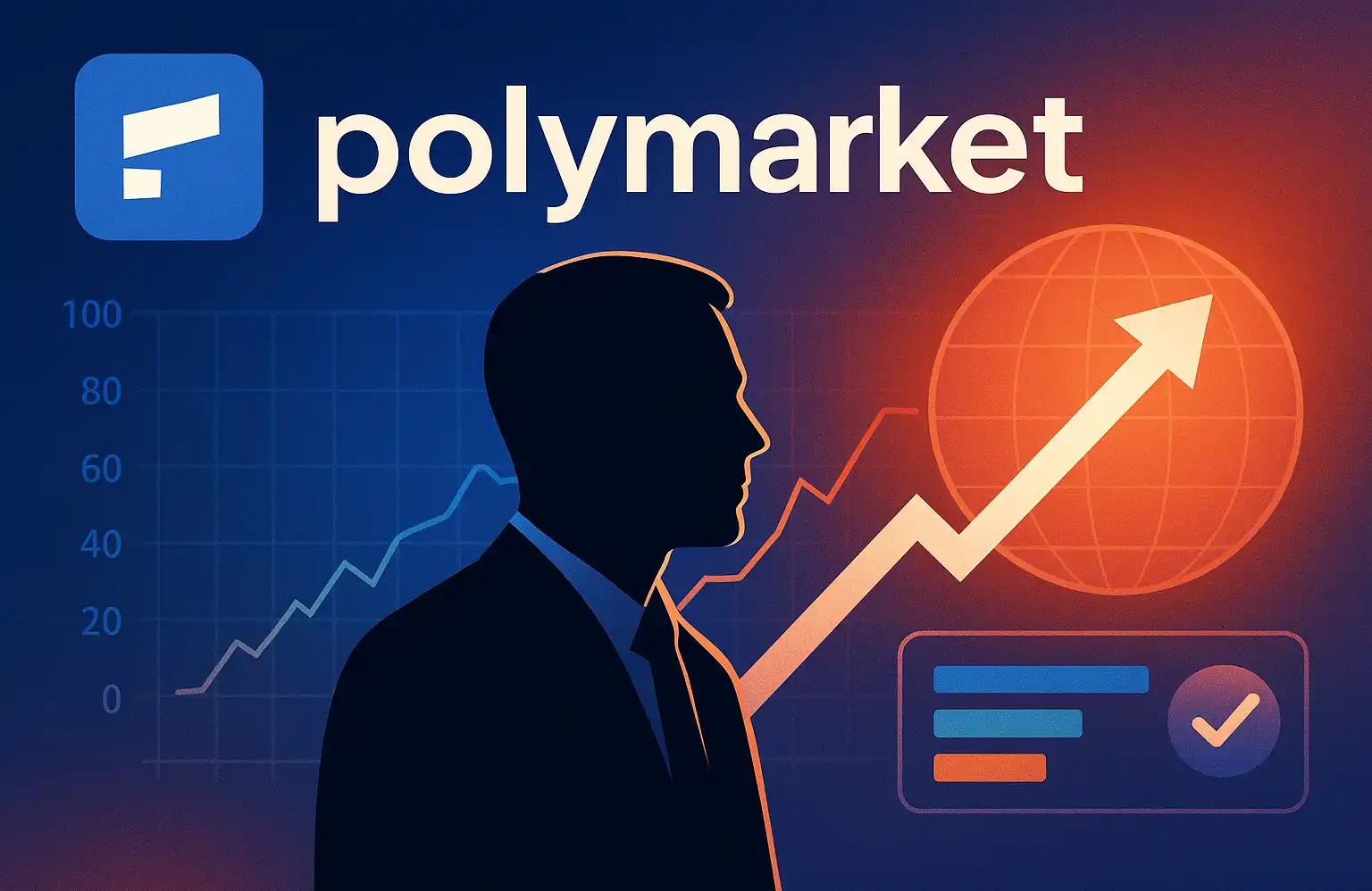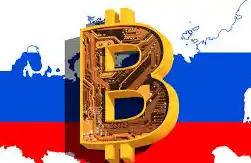ZEN has been rising for multiple days, can "Grayscale's Rigorous Selection" buy in?
Original Title: "ZEN Continues to Rise for 3 Days, Can Grayscale Trust Holdings Keep Up?"
Original Article Link: shaofaye123, Foresight News
BlockBeats Note: On December 24th, according to market news, Grayscale has submitted a Grayscale Horizen Trust (ZEN) 8-K form to the U.S. Securities and Exchange Commission (SEC). In response to this news, ZEN surged over 16% in 24 hours. If Grayscale successfully launches the ZEN single-asset trust fund, ZEN may further expand its market potential. In addition, what other holdings does Grayscale have? For ordinary investors, can following Grayscale's holdings be profitable? This article analyzes this issue, and the original article is reposted below:
Recently, Grayscale has successively launched the Optimism Trust Fund and Lido Trust Fund. Despite the initial pullback, the prices of SUI and ZEN in its trust funds have continued to rise. Are the trust funds launched by Grayscale ultimately a collection of blue-chip tokens, and will they be profitable in the long run? This article gives you an overview of the 26 encrypted trusts currently launched by Grayscale and their investment returns.
Grayscale Cryptocurrency Trust Overview
Grayscale is a digital asset management company founded in 2013, primarily offering a variety of cryptocurrency trust funds aimed at providing investors with a legal and regulated investment channel. As one of the world's largest cryptocurrency asset management companies, it manages billions of dollars in assets. To date, Grayscale has launched 26 encrypted trusts.
Grayscale Trust Funds are a series of encrypted asset investment products provided by Grayscale, allowing investors to indirectly hold cryptocurrencies such as Bitcoin, Ethereum, etc., without the need to directly purchase and manage cryptocurrencies. Each trust fund is tied to specific encrypted assets, such as the Grayscale Bitcoin Trust Fund (GBTC) and the Grayscale Ethereum Trust Fund (ETHE), among others. Through these trust funds, investors can buy and sell shares of cryptocurrency on public markets just like investing in traditional stocks.

In addition to single-asset trust funds, Grayscale's composite funds consisting of a mix of currencies also have significant investment reference value. Currently, Grayscale's encrypted trusts, except for ETFs, are mainly divided into three stages.
· PRIVATE PLACEMENT: Grayscale products are initially launched in the form of private placements, allowing eligible investors to participate in cryptocurrency investments. The initial lock-up period for shares purchased in a private placement is one year. Currently, products such as Grayscale Sui Trust and Grayscale Lido DAO Trust fall under this stage.
· PUBLIC QUOTATION: A market form of public quoting that allows all investors to participate in this cryptocurrency investment. However, due to the lack of a sustained buyback plan, publicly traded stocks may trade at a premium or discount to the value of their underlying assets. Currently, MANA, GLNK, DEFG, and others are in this stage.
· SEC REPORTING: Grayscale Products is the first company to report to the SEC. The requirement to report to the SEC will further raise the level of disclosure, provide greater transparency to investors, and subject the products to additional regulatory oversight. Currently, ETCG, ZCSH, HZEN, and others are in this stage.
Long Term Outlook Tough to Beat BTC
Reports indicate that Grayscale had a significant impact on the cryptocurrency during the bull market from 2020 to 2021, when Grayscale greatly increased the asset size of the Bitcoin Trust, bringing in a large number of institutional investors to the crypto space. However, other crypto tokens launched by Grayscale during this period have shown mixed short-term performance and have struggled to outperform BTC in the long run.

To track the investment return of Grayscale funds, the author recorded the token prices at the launch of the Grayscale fund trust and on December 23, creating the chart above. From a timing perspective, the launch of Grayscale's crypto trust products was concentrated before 2018 and 2021, which coincided with the peak or later stages of bull markets. This phenomenon may be related to the relatively long cycle and mature market that Grayscale's fund launches needed to go through. Starting in December of this year, Grayscale has once again started to concentrate on launching trust funds. Will this break the cycle of short-term highs?
In terms of investment returns, in the long run, (including BTC, ETH) tokens that show a positive return on investment account for only about 48%, less than the 50% random probability of a coin flip. Furthermore, their return on investment is far below that of BTC, showing a negative EV in the long term.
In the short term, tokens launched by Grayscale have indeed had moments of glory, but most occurred before their launch. XRP, even after a strong rebound, has yet to surpass its previous high, and ZEN, after three continuous days of increase, barely maintains an 18% return on investment. Although some star tokens saw highs after launch, their long-term annualized rates, after a long 7-year holding period, are less than 10%. However, different entry timing has a more significant impact on investment returns, and if Grayscale concept coins are bottom-fished during a bear market, nearly all outperform the mean increase in bull market gains. Observing targets that have not shown significant movements at this time may lead to good price increases next year.
Grayscale's holdings of a token have different signaling effects at different points in time, so in this sense, Grayscale's selective holdings do exist.
Welcome to join the official BlockBeats community:
Telegram Subscription Group: https://t.me/theblockbeats
Telegram Discussion Group: https://t.me/BlockBeats_App
Official Twitter Account: https://twitter.com/BlockBeatsAsia











